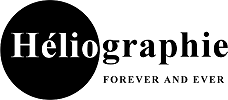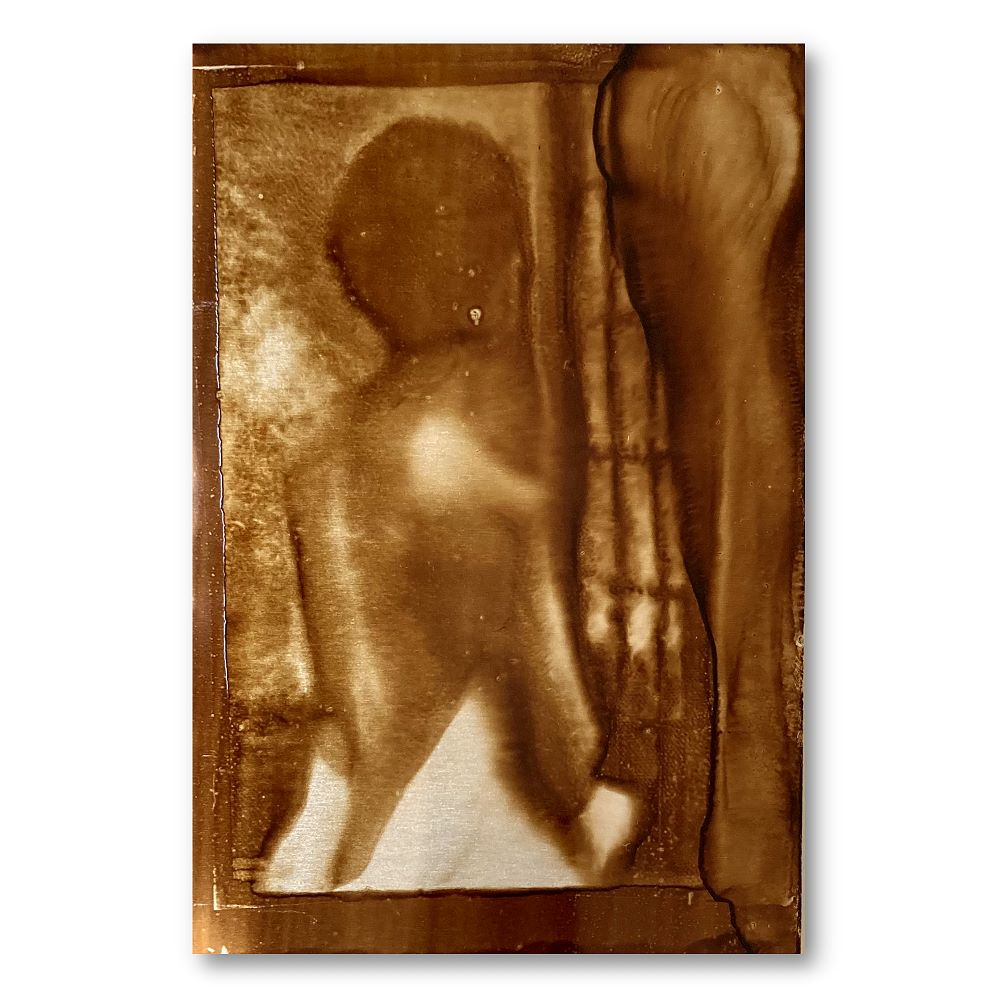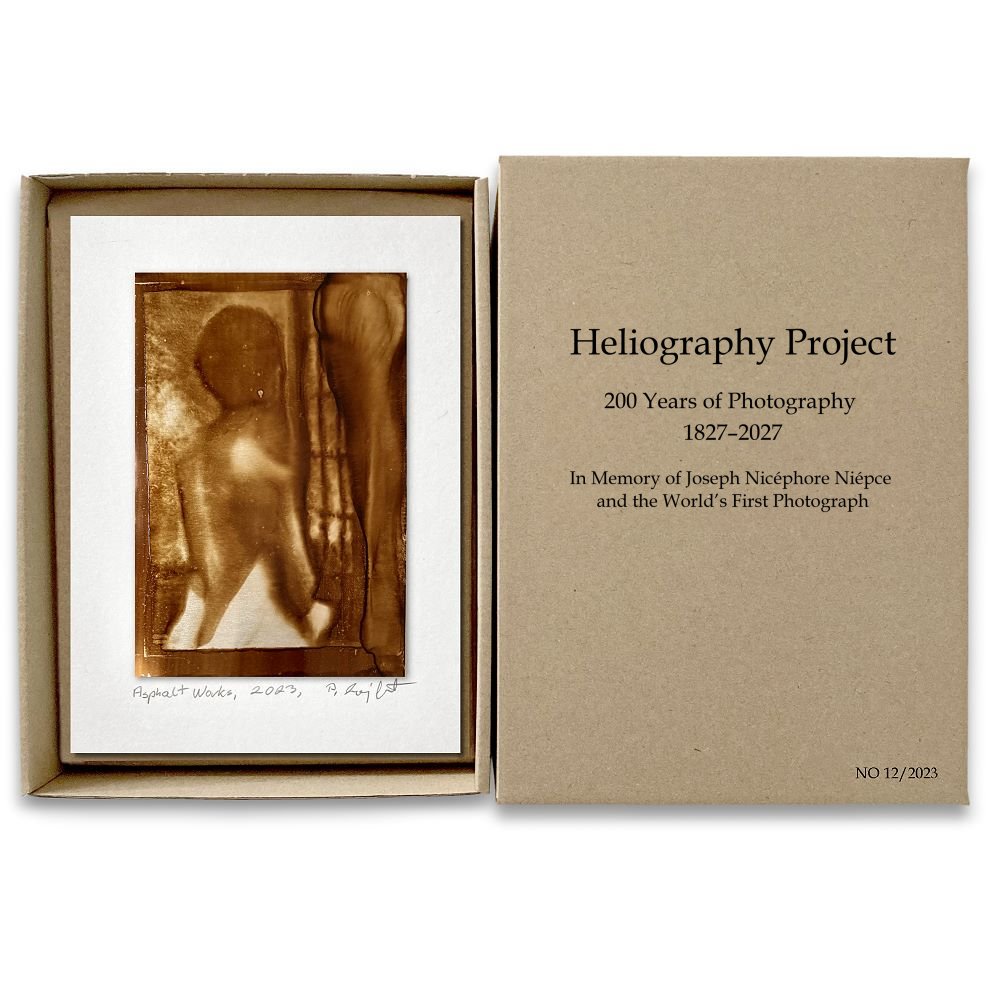Heliography, at the window
159,00 €
Heliography, at the window
August, 2023
August, 2023
Dimensions: Heliography: approximately 9 x 13.5 cm. The heliography is mounted on a passe-partout cardboard measuring 14×19 cm and packaged in an A5 box.
Material: Aluminium sheet, Bitume de Judée, lavender oil
Method of production: Heliography made according to the method of Joseph Nicéphore Niépce from 1822,
Edition: Unique, signed and dated
Method of production: Heliography made according to the method of Joseph Nicéphore Niépce from 1822,
Edition: Unique, signed and dated
1 in stock


